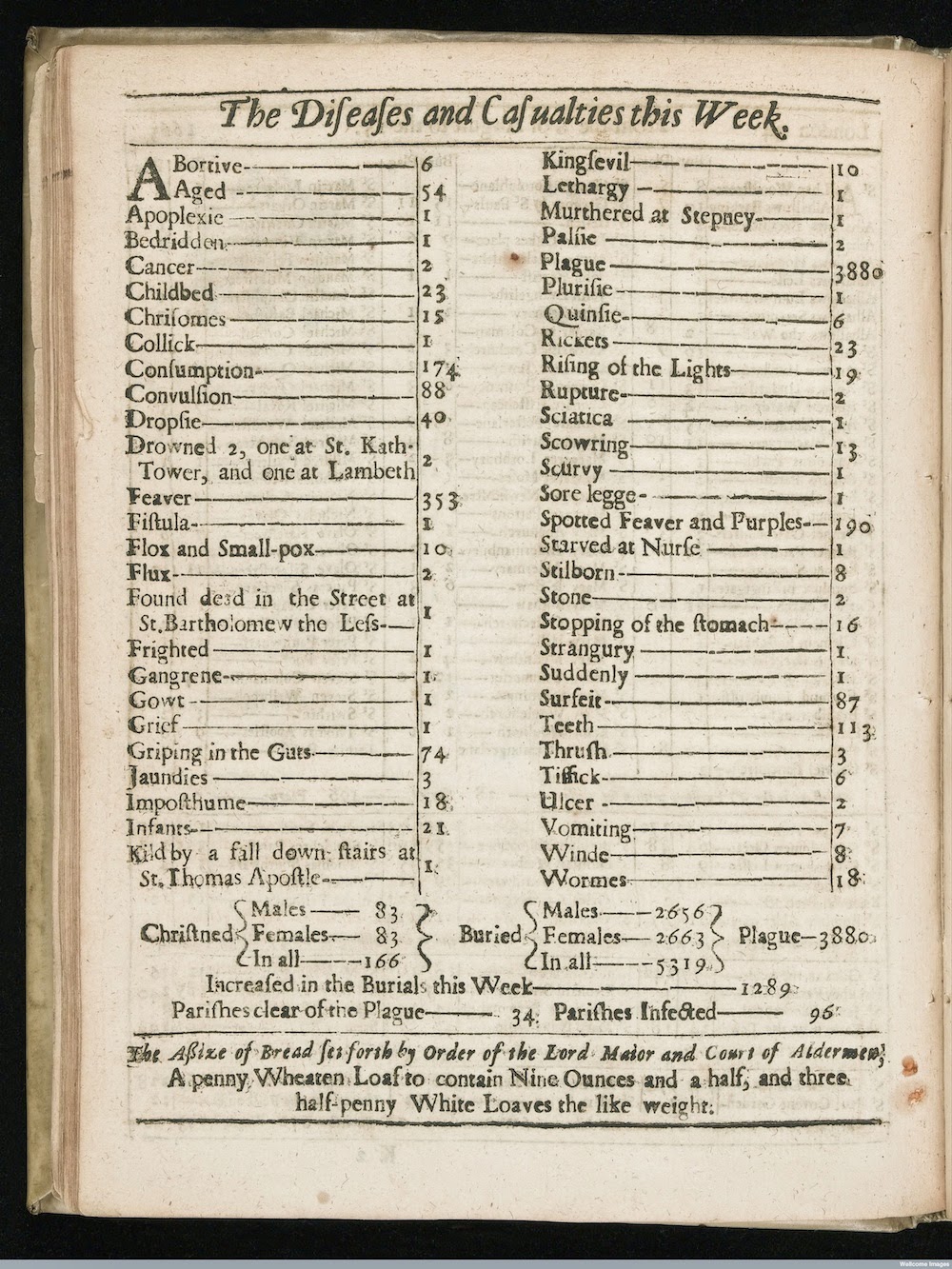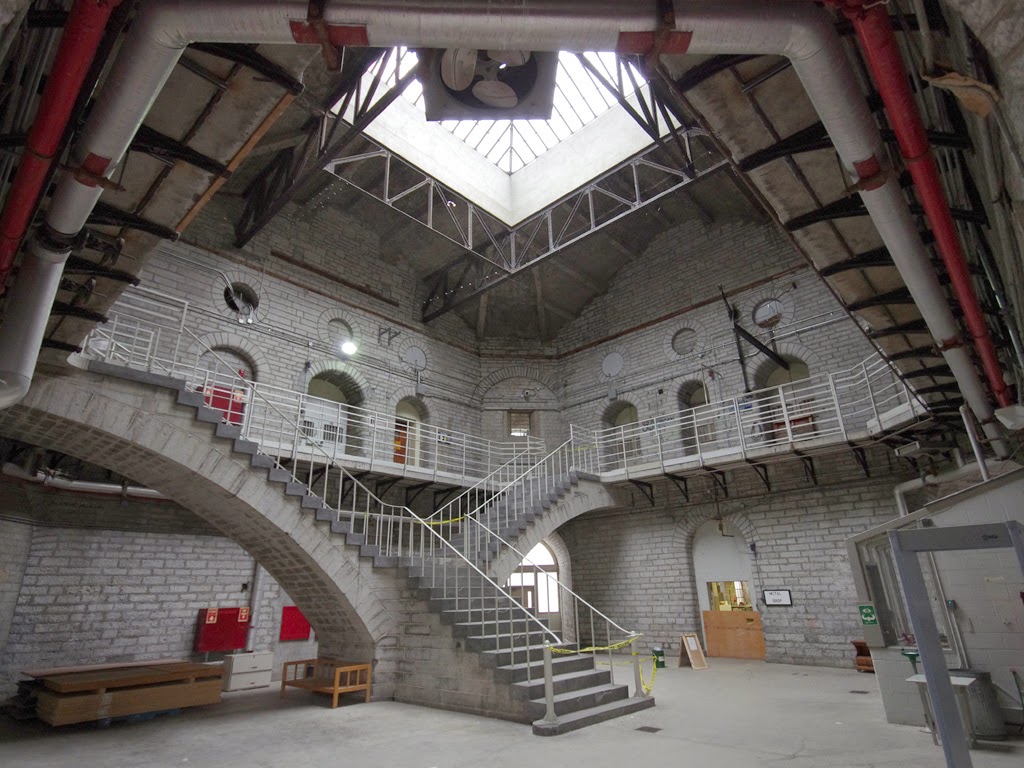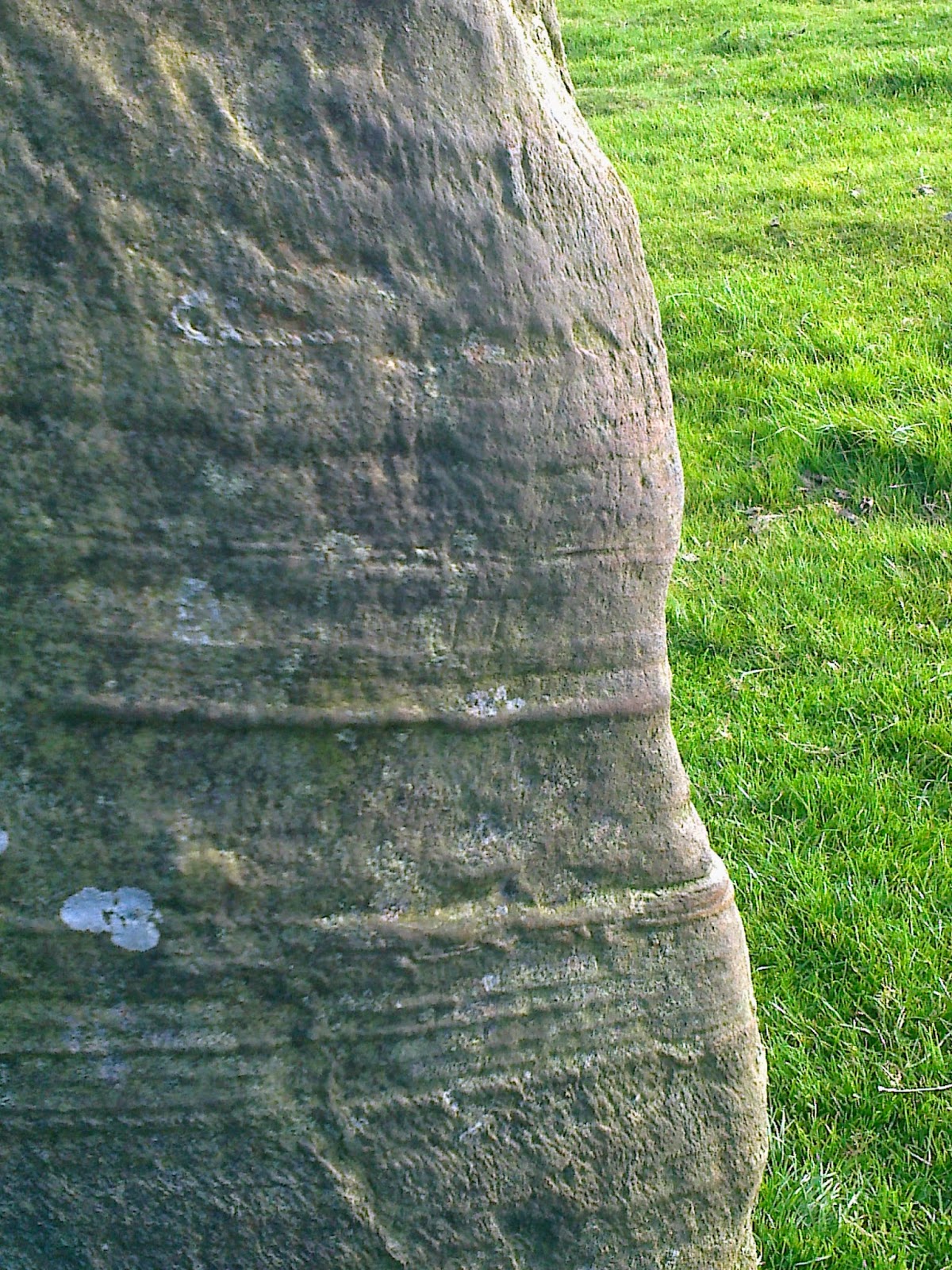I’m afraid this is another holiday post – about Spain – so look away now if you’ve had enough of them!
I have been to Spain before, but only very briefly. The first time was when I was a teenager, and I was spending a few weeks with a French family who had a holiday cabin in the Landes. From there, we went for a day trip to San Sebastian. I remember narrow dark streets, shops hung with hams and festooned with strange-looking sausages, old women enveloped in black clothes.
The second time was a few years ago, to Barcelona. But the Alpujarra is something very different. It's a remote area in the Sierra Nevada, north-east of Malaga, and its landscape is different to any I've ever seen. This much was already obvious from the aeroplane window. The mountains were a sandy colour, patterned with black dots - trees - and turquoise rectangles. I thought at first that these must be swimming pools, but later realised that most must have been reservoirs; each farm has its own. Later, as we drove along the coast road from Malaga the heat was almost solid, but the sky was unexpectedly cloudy, and the strangely shaped hills looked parched and drab.
| Trevelez, high in the Alpujarra |
But then we turned off into the mountains. The Alpujarra (or Las Alpujarras – both forms are used) lies behind one range of mountains and on the slopes of another. So it’s not easy to get to. Gerald Brenan, a friend of Virginia Woolf, Lytton Strachey etc, lived here in a very remote village called Yegen for many years after the first world war, and wrote about his experiences in South of Granada. Then, he had to use mostly mule tracks to get about: roads were few and far between, and none of them were paved. (Virginia and Lytton visited him there - imagine them on mules!) Now there are roads – truly terrifying roads (to a wuss like me) – which leap across viaducts and bridges over deep gorges, and cling – just – to the mountainsides.
| A plaque to 'Don Geraldo', on the house where he lived in Yegen. The book's been in print ever since he wrote it, and everyone knows who you're talking about when you ask where he lived. |
In the summer, there is virtually no rainfall. But in winter it snows, and the people of the Alpujarra have, over the centuries, become expert at harvesting and conserving the melt-water. They direct it through ancient stone channels, originally made by the Moors, and through pipes, to irrigate certain areas of the land for farming, to supply villages and farms, and to flow from the fountains of which there are several in every village. So although in high summer much of the landscape is burnt brown, there are also patches of green – woods with chestnuts, Pyrenean and holm oaks, gardens punctuated with slender evergreen spires, and small fields and orchards with olives and figs, pears and apples, quinces and mulberries. (Which are the most delicious fruits EVER – like huge blackberries, but sweeter and with the most intense flavour.)
The villages are a jumble of white cubes, perched on steep slopes – they’re said to be very like the Berber villages of north Africa, which isn't surprising as, like the irrigation systems, their architecture derives from the time when the Moors ruled Spain. The flat roofs were useful during hostilities – villagers could use them to get about, and to throw rocks at their enemies as they milled about in the narrow, winding streets. They’re made of local materials – a framework of chestnut beams, topped with slates and stones and then a kind of cement made from local rocks: the walls infilled with stones and earth, the
roofs topped with chemineas ( white chimneys), essential in the cold winters. Now they are painted white and decorated with pots of bright geraniums and purple morning glories, but this is recent; in Brenan’s day they were unpainted, so that they looked to him like ‘something that has been made out of the earth by insects.’ In the house where we stayed there were farm implements carved from wood: the people had to rely as much as they could on what was around them, because the only way to bring goods in was by mule, over steep mountain paths.
| A street in Busquistor. |
It’s a difficult, uncompromising land – yet over the centuries, the people who live there have bent it to their will – or at least they’ve found a way to live with it. Terraces and small fields have been carved out of the mountainsides, buttressed with stone walls and carefully irrigated to produce tomatoes, peppers, beans, potatoes – and wheat, which used to be threshed on circular paved terraces called eras; nowadays they make good viewing points.
Of course, things are changing. But you can still see the results of an intimate relationship between the people and the land. It’s all so utterly different from an English landscape. What would they think, the people who have learnt how to live in this dry land over centuries, of a country with a climate like ours, which far from irrigating its gardens, often bans hosepipes in summer?
Next month, the Alhambra - a lasting monument of the Moors' achievements in Spain, and a dream of intricate beauty.
PS I meant to say something about how when you first visit a place, your impressions are very vivid, and you soon feel as if you know it. But of course you don't. You have to live there, season after season and year after year - and particularly, you need to be able to talk to the people who live there. I couldn't do that, because I don't speak Spanish.
But Chris Stewart (who has a measure of fame for having been the drummer with Genesis on their first album) does live there on a farm called El Valero, and he's written several books about his experiences. The first was a best-seller, and is called Driving Over Lemons. They're very funny, and enjoyable whether you've been to the Alpujarra or not. But I was reading the fourth one this morning - Last Days of the Bus Club - and it has a chapter on a recent Christmas when, after months of drought, the heavens opened. 'There were slender cascades where there had never been cascades before... adding to the tumult, the crash and tumble of rockfall after rockfall, as familiar crags and pinnacles dissolved before my eyes and vanished in the raging grey water.' In one night, the river Trevelez forged for itself a different route, and much of Chris's farmland was swept away.
That chapter went a long way towards explaining how that landscape, with its dramatic gorges and strangely sculpted peaks and valleys, was formed. As a visitor, all you get is an introduction.
Right - off to learn Spanish, ready for next time...
PS I meant to say something about how when you first visit a place, your impressions are very vivid, and you soon feel as if you know it. But of course you don't. You have to live there, season after season and year after year - and particularly, you need to be able to talk to the people who live there. I couldn't do that, because I don't speak Spanish.
But Chris Stewart (who has a measure of fame for having been the drummer with Genesis on their first album) does live there on a farm called El Valero, and he's written several books about his experiences. The first was a best-seller, and is called Driving Over Lemons. They're very funny, and enjoyable whether you've been to the Alpujarra or not. But I was reading the fourth one this morning - Last Days of the Bus Club - and it has a chapter on a recent Christmas when, after months of drought, the heavens opened. 'There were slender cascades where there had never been cascades before... adding to the tumult, the crash and tumble of rockfall after rockfall, as familiar crags and pinnacles dissolved before my eyes and vanished in the raging grey water.' In one night, the river Trevelez forged for itself a different route, and much of Chris's farmland was swept away.
That chapter went a long way towards explaining how that landscape, with its dramatic gorges and strangely sculpted peaks and valleys, was formed. As a visitor, all you get is an introduction.
Right - off to learn Spanish, ready for next time...


















































.jpg)



























